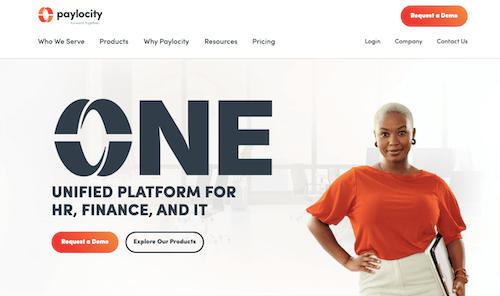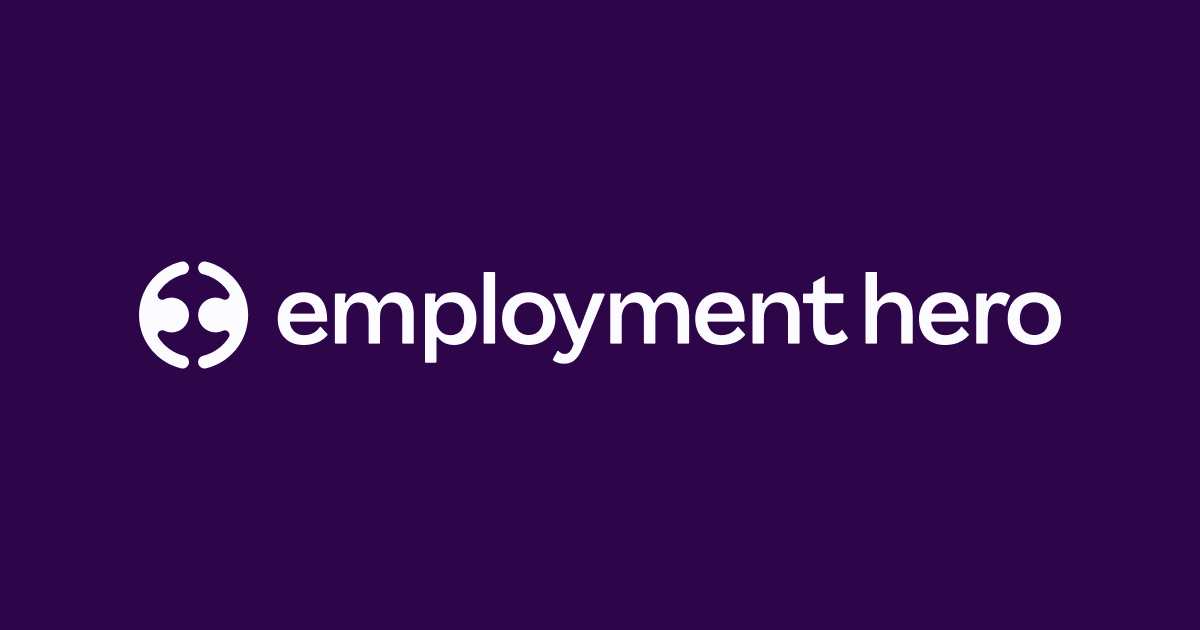Issue #14 • Oct 7, 2025

Welcome Back, Future of Work By HR Stacks!
We cut through the noise to bring you the most important updates in HR Tech, AI, and the changing world of work. From new AI colleagues clocking in to shifts in workforce strategy, here’s what you need to know this week.
If you haven’t yet, subscribe to the weekly HRstacks newsletter and keep us in your primary inbox.
In Today’s Edition:
The Human Edge: Skills and Trends Shaping Work in 2026
AI’s Hidden Burden: “Workslop” Shifts Labor Downward
AI's Workforce Shake-Up: Gen Z Trades Degrees for Tools
Trust Issues Persist: Developers Embrace AI Amid Skepticism
Infosys, Telenor Move HR to Oracle Fusion Cloud HCM
Trump’s $100K H-1B Fee: Impact on U.S. Innovation

AI’s Job Impact: The Young Take the Hit
A new Stanford analysis of payroll data finds a 13% relative drop in entry-level employment for occupations most exposed to generative AI since ChatGPT’s launch, while older, experienced workers in the same fields have remained steadier or even grown.
Growth persists in low-exposure areas such as healthcare. The finding echoes reporting across major outlets, though some researchers (Yale/Brookings) caution that the broader labor market shows limited disruption so far; the picture is evolving.
Key Takeaways:
Entry-Level Jobs at Risk: Employment for 22-25-year-olds in the most AI-exposed occupations fell sharply (13%), signalling early-career vulnerability.
Automation Hits Hardest: Roles where AI automates routine cognitive tasks, accounting, coding, and administrative work- show larger declines than augmentative roles.
Older Workers Steadier: Senior employees in the same occupations have been less affected, sometimes seeing employment growth, suggesting experience and oversight roles remain valuable.
Training Gap Widens: Universities and employers must close skill and tool-use gaps; firms prize empathy, creativity, and leadership even as they deploy AI.
Broader Trend: This micro-shock sits alongside workplace shifts, AI-native workflows, connected ecosystems, data-driven people management, and “soft retirement” that reshape where human skills matter most.
Why It Matters:
Early-career disruption could reshape hiring pipelines, education priorities, and corporate skilling strategies. Policymakers and employers need targeted retraining and fair, transparent AI governance as these trends unfold.
Workslop: The New Obstacle In The AI Office
Generative AI promised to streamline workflows, but new research from Stanford and BetterUp reveals a troubling byproduct: “workslop”, polished yet hollow output that forces recipients to clean up or reinterpret.
Roughly 40% of workers reported receiving it in the past month, costing nearly two hours per incident. For an organisation of 10,000 staff, that adds up to a $9 million productivity drain annually.
Key Takeaways:
• Workslop masquerades as competent work but lacks real substance, shifting effort onto unaware teams.
• It erodes trust: over half of recipients feel annoyed, confused, or offended, and judge peers’ competence downward.
• This may explain why 95% of organisations report no measurable ROI from AI investments.
• Solutions lie in governance: transparency about AI use, clear team norms, and emphasizing when AI should augment, not replace, human input.
Gen Z Embraces Blue-Collar Careers Amid AI Disruption
As artificial intelligence reshapes the job market, many young Americans are turning to skilled trades instead of traditional college paths.
At just 23, Jacob Palmer runs his own electrical company, Palmer Electrical, after choosing an apprenticeship over a degree. His business is projected to generate over $150,000 in revenue this year.
Key Takeaways:
AI Job Security: 77% of Gen Zers believe that jobs in fields such as plumbing and electrical work are less susceptible to automation.
Financial Considerations: The average cost of college, including tuition and room and board, now exceeds $38,000 a year, leading many to reconsider higher education.
Unemployment Trends: Unemployment for 23-to 27-year-old college graduates has risen to 4.6% in 2025, up from 3.2% in 2019, while non-college-educated workers in the same age range have experienced a much smaller uptick in unemployment.
Why It Matters:
This shift reflects a broader reevaluation of career paths, with many young individuals seeking stability and independence in the trades. As AI continues to evolve, the demand for hands-on, skilled labor remains strong, offering promising opportunities for the next generation.
More On: CBS News
MORE TRENDING NEWS
1. Google: AI Is Now Standard For Devs, Trust Remains Cautious.
Google’s DORA report finds 90% of tech professionals use AI at work (a 14-point jump year-over-year), often spending 2 hours daily; many report productivity gains, but only a minority strongly trust AI-generated code.
Adoption coincides with weakening entry-level hiring and falls in software job postings. Read More
What for HR leaders: Pilot tools against clear KPIs, mandate human review/safety nets, reskill juniors for AI-augmented roles, and track hiring needs vs. productivity gains
2. Infosys And Telenor Modernize HR With Oracle Fusion Cloud HCM.
Infosys will implement Oracle Fusion Cloud HCM across Telenor Shared Services to automate payroll, core HR, and talent management, consolidate systems, and provide real-time analytics, aiming to cut cost-to-serve and accelerate hiring. Read More
What for HR leaders: Consolidate legacy HR on cloud HCM; prioritize payroll/compliance; invest in change management; use real-time analytics to speed hiring and retention.
3. Trump’s $100K H-1B Fee: Innovation or Barrier?
Trump's new $100K H-1B visa fee, effective 9/21/2025, faces a lawsuit over concerns it will hurt U.S. innovation, startups, and critical sectors like AI and healthcare, potentially pushing companies abroad. Read More
What For HR leaders: Reevaluate hiring strategies, consider remote work options, and explore alternative visa pathways to maintain access to top talent.
TRENDING HR SOFTWARE PLATFORMS
IMPORTANT STATS








